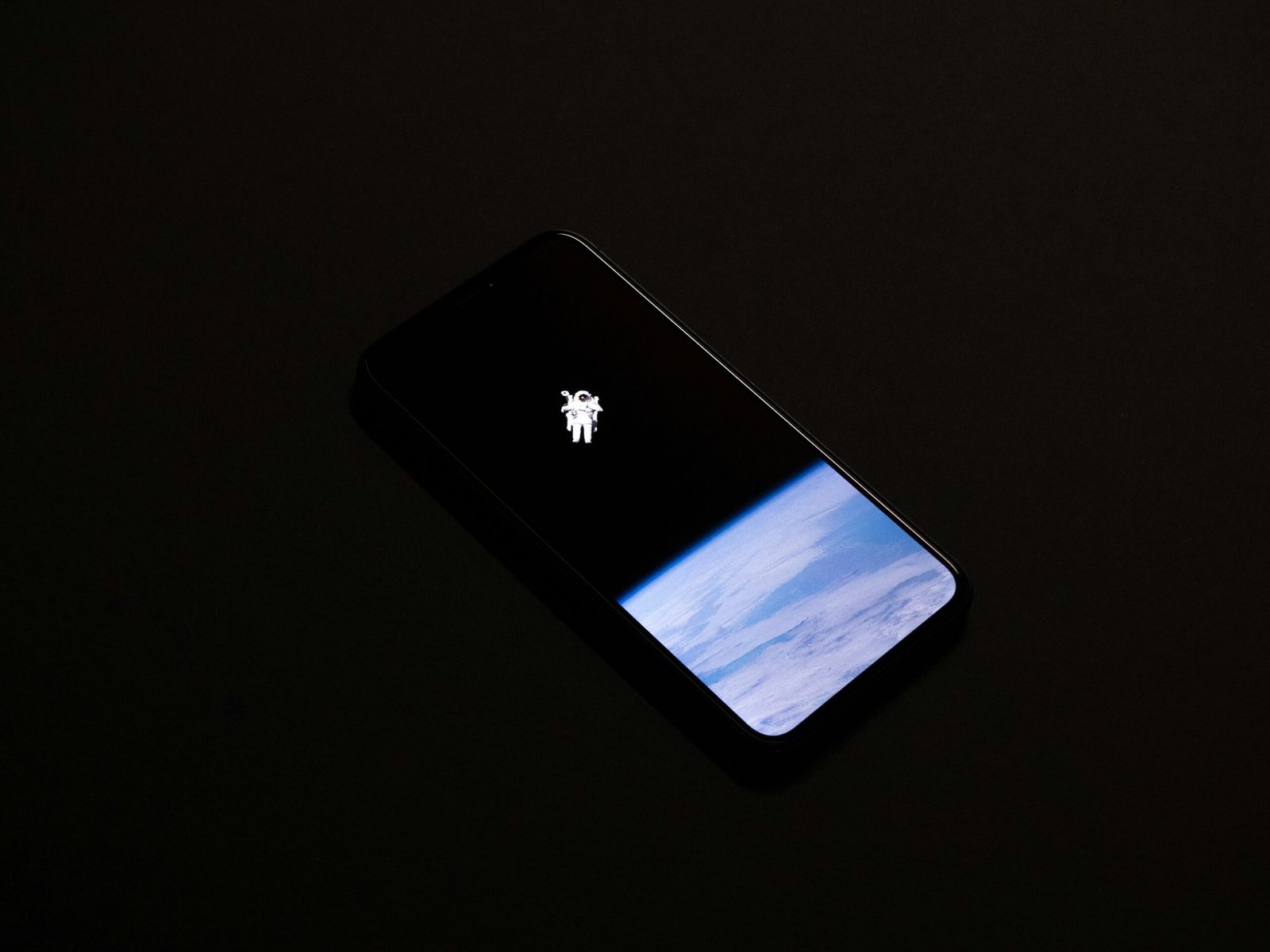Apple Fully Transitions iPhone Line-Up from LCD to OLED

The Shift to OLED Technology
Organic Light Emitting Diode (OLED) technology represents a significant advancement in display innovation, offering numerous advantages over traditional Liquid Crystal Display (LCD) screens. One of the most notable benefits of OLED is its unparalleled color accuracy. Each pixel in an OLED display emits its own light, resulting in a more vibrant and rich color output. In contrast, LCDs rely on a backlight, which can hinder true color reproduction. This means that with OLED technology, users can experience deeper blacks and wider color gamuts, enhancing overall viewing quality.
Moreover, OLED displays provide superior contrast ratios, a factor that is particularly appealing for multimedia consumption. The ability to turn off individual pixels allows for true blacks, thereby creating a striking contrast against brighter elements on the screen. This extreme contrast enhances the clarity of images and videos, fostering an immersive viewing experience that consumers have come to expect in modern smartphones.
Energy efficiency is another critical component of OLED technology. With no backlight required, OLED displays consume less power, especially when displaying darker images or themes. Apple has recognized the importance of energy conservation, both from an environmental perspective and for enhancing battery life in iPhones. As consumers increasingly demand devices that balance performance with efficiency, the transition to OLED aligns seamlessly with these preferences.
Apple’s strategic decision to transition its entire iPhone line-up to OLED has been strongly influenced by market trends that indicate a growing consumer shift towards higher display quality. By adopting OLED technology, Apple not only meets the increasing consumer demand for superior devices but also reinforces its commitment to innovation in the highly competitive smartphone market. This shift not only elevates the user experience but also sets a new benchmark for display technology across the industry, highlighting the implications for both Apple and its user base.
The Impact on iPhone Models
The transition from LCD to OLED technology in Apple’s iPhone lineup represents a significant advancement that has implications across various models. Notably, flagship devices such as the iPhone 14 Pro and iPhone 14 Pro Max have already adopted OLED displays, which enable superior color accuracy, deeper blacks, and improved contrast ratios compared to their LCD predecessors. In contrast, models like the iPhone SE and the standard iPhone 14 retain the LCD technology, highlighting a clear distinction in display quality and user experience between the high-end and budget-friendly options.
OLED displays utilize organic compounds that emit light when an electric current is applied, allowing each pixel to be individually controlled. This design results in a range of benefits, including greater energy efficiency and enhanced viewing angles. Users of OLED-equipped iPhones can enjoy vivid colors and remarkable detail, leading to an overall richer experience while consuming media. Coupled with advancements in software optimization, users may also notice an extension in battery life since OLED panels consume less power, particularly when displaying darker images or utilizing features like dark mode.
From a consumer perspective, the decision to upgrade to OLED panels in specific models may influence buying patterns. Customers seeking premium experiences and functionalities are likely drawn to flagship versions, while those with budget constraints may remain with LCD models, which still provide satisfactory performance for everyday usage. Given the visual improvements and battery enhancements that OLED technology brings, the gradual phasing out of LCD devices may shift the user base toward seeking higher-quality displays in future purchases.
As Apple continues its commitment to delivering cutting-edge technology, it is expected that the next iterations of iPhone models will predominantly feature OLED technology, further cementing its place as the standard for high-quality smartphone displays.
Market Reactions and Consumer Feedback
The transition of Apple’s entire iPhone line-up from LCD to OLED displays has garnered significant market attention and consumer reactions. Initial sales figures following the release of the latest iPhones, equipped exclusively with OLED technology, indicate a favorable response from consumers. Reports show that the demand for these new models exceeded expectations, suggesting that users are embracing the enhanced display quality, which offers deeper blacks and more vibrant colors compared to its LCD predecessors.
Market analysts noted a positive shift in Apple’s stock prices coinciding with this transition. Investors expressed optimism that the improved display technology would not only enhance the user experience but also bolster Apple’s competitive edge in the smartphone market. The sentiment in the stock market reflects a broader anticipation of increased sales and profitability as consumers are likely to consider the advanced OLED features as significant selling points when making purchasing decisions.
Consumer feedback has been largely positive, with many users praising the brightness and color accuracy of the new OLED displays. Tech enthusiasts have pointed out that the improvements in visual performance are evident, particularly in outdoor settings and low-light environments. Social media platforms have become inundated with reviews and opinions, where a substantial portion of users expressed that the OLED displays elevate their overall satisfaction with the product.
However, some consumers have raised concerns regarding battery consumption and potential screen burn-in associated with OLED technology. Experts have provided insights on these issues, emphasizing that advancements in OLED technology have significantly mitigated many traditional drawbacks. For instance, Apple’s implementation of adaptive refresh rates is expected to optimize battery performance effectively. As users continue to experience and evaluate these innovations, the overall perception of OLED displays in Apple’s iPhones remains a topic of keen interest within the tech community.
Future Implications for Apple and the Smartphone Industry
Apple’s complete transition from LCD to OLED displays marks a significant evolution in smartphone technology, not just for the company but for the industry at large. This shift represents a commitment to delivering enhanced visual experiences, featuring improved color accuracy, contrast ratio, and energy efficiency. As Apple leads the path toward OLED adoption, competitors may feel compelled to follow suit to remain relevant in the rapidly changing smartphone market.
The impact on competitors could be profound. Historically, when Apple adopts new technologies, industry players often align their strategies to maintain market competitiveness. Companies that manufacture Android devices, such as Samsung and Google, may accelerate their investments in OLED technology or explore alternative innovations to differentiate themselves from Apple’s offerings. This competitive pressure might drive further advancements in display technologies, as brands seek to overcome the advantage Apple gains through superior screen performance.
Looking ahead, the implications of Apple’s OLED transition could also extend to how smartphones are designed and utilized. As OLED technology becomes more mainstream, we may witness a rise in innovative use cases for flexible and foldable displays. These new applications could ultimately lead to the evolution of the overall smartphone form factor and interface design, making devices more versatile and user-friendly.
Additionally, Apple’s commitment to OLED could steer suppliers to enhance production processes, improve yield rates, and lower costs, benefiting the entire supply chain. Such advancements may facilitate the adoption of OLED displays in budget models, ultimately widening consumer access to high-quality screens. As these developments unfold, the smartphone industry will likely continue to evolve, with Apple at the forefront advocating for superior display technologies that redefine user experiences and set new standards for device excellence.
